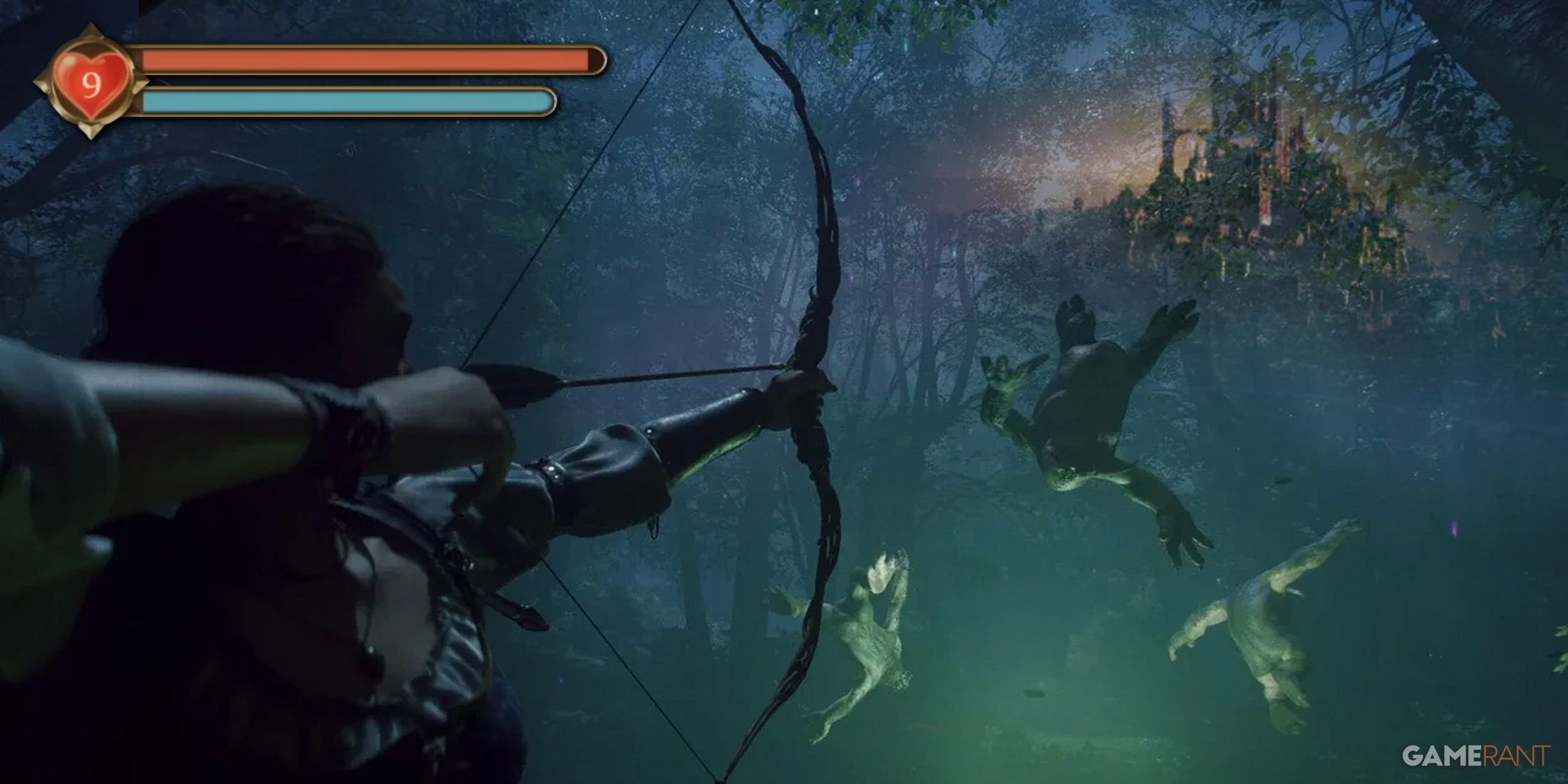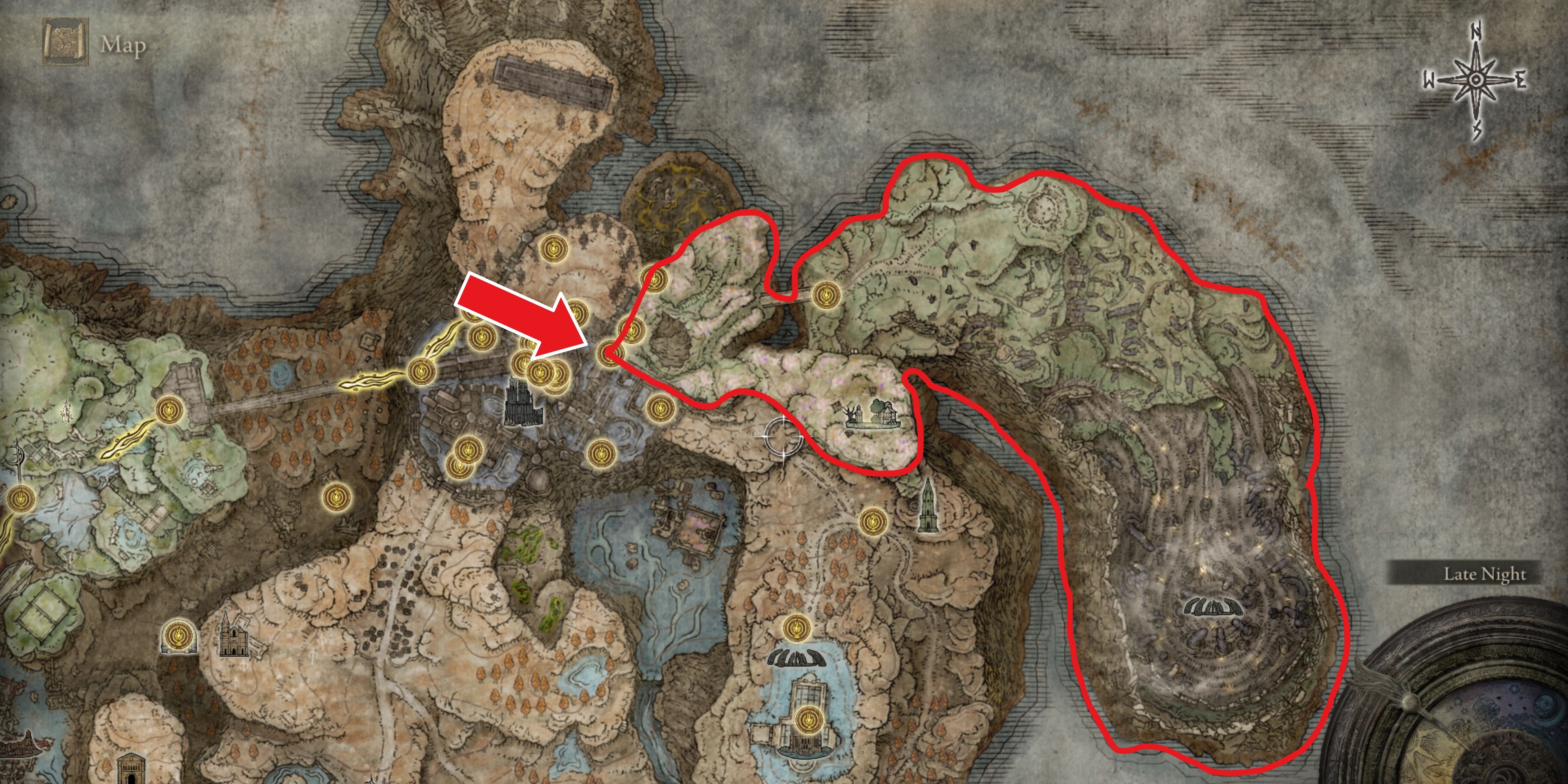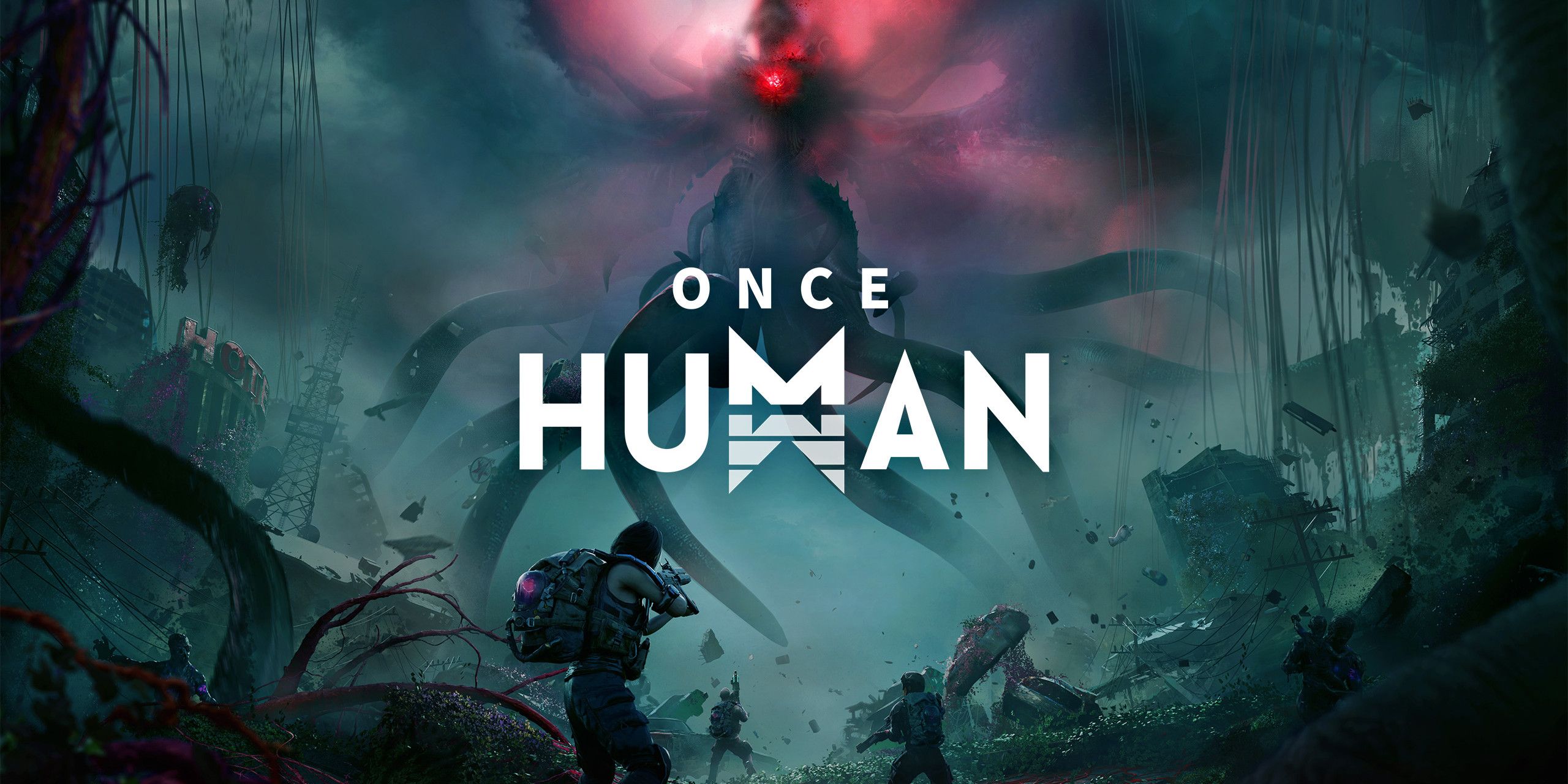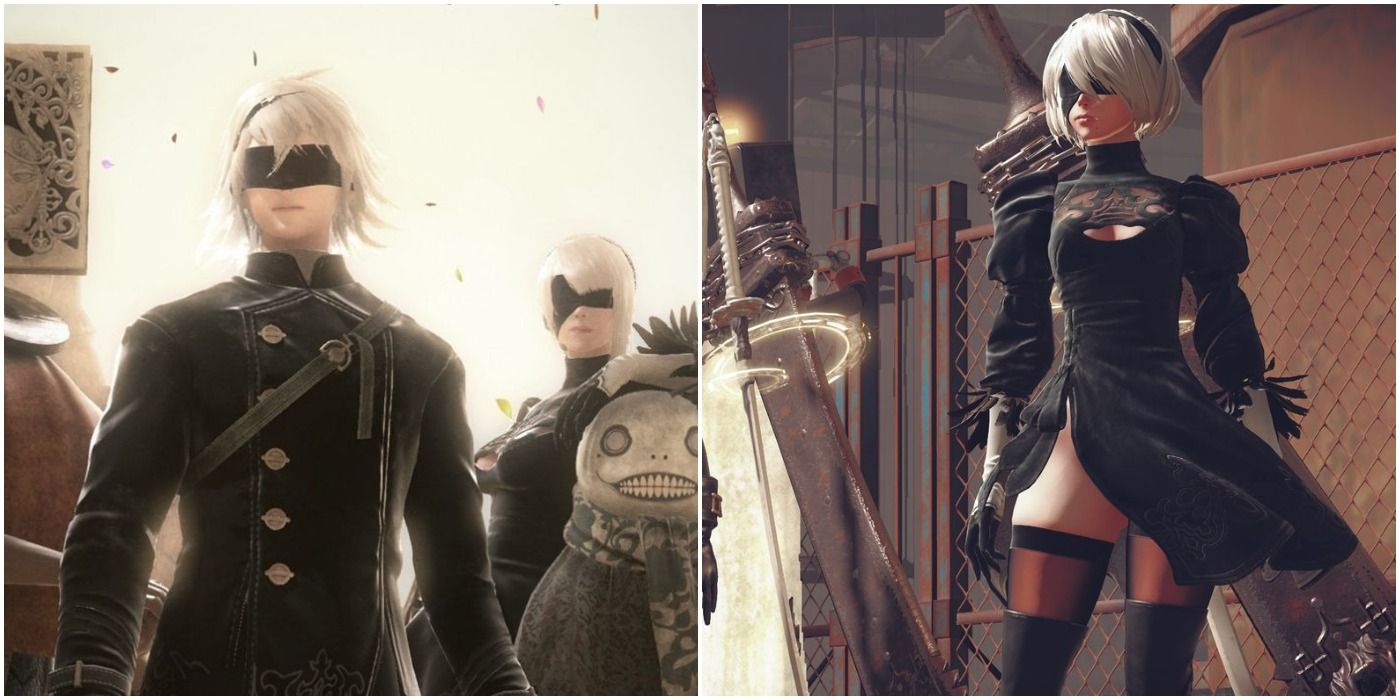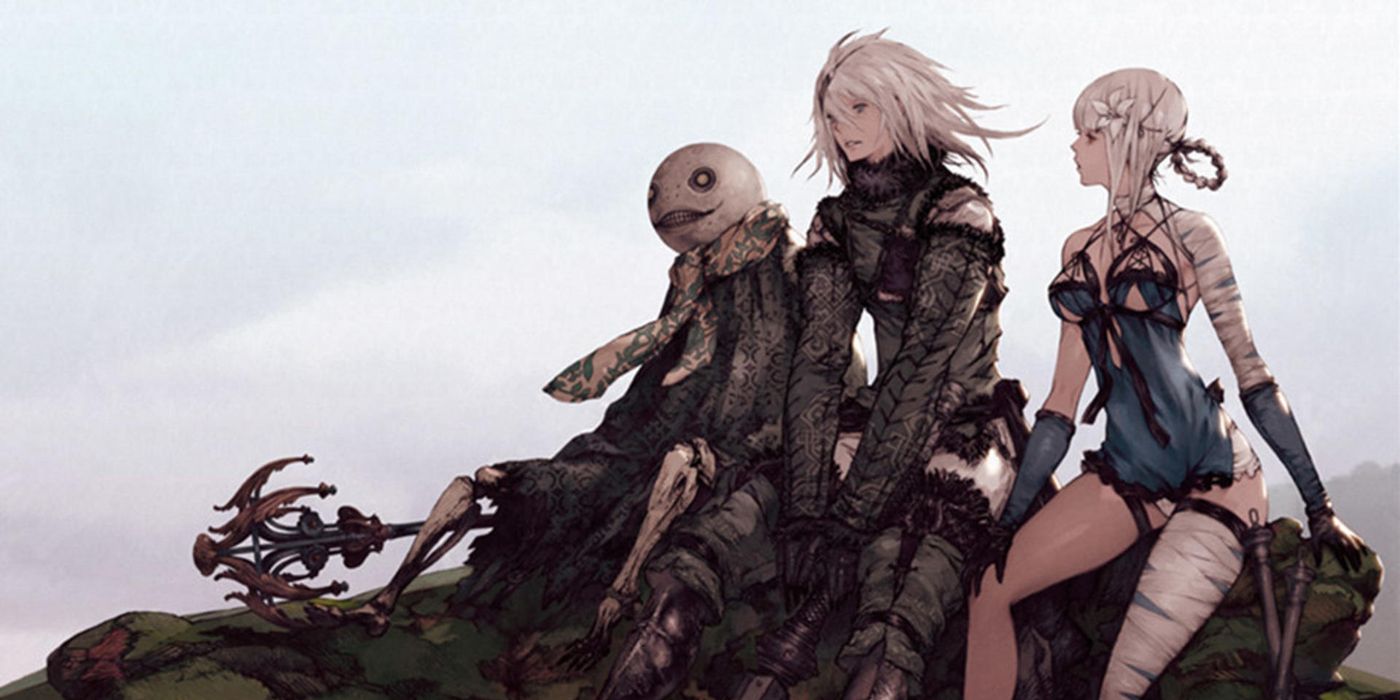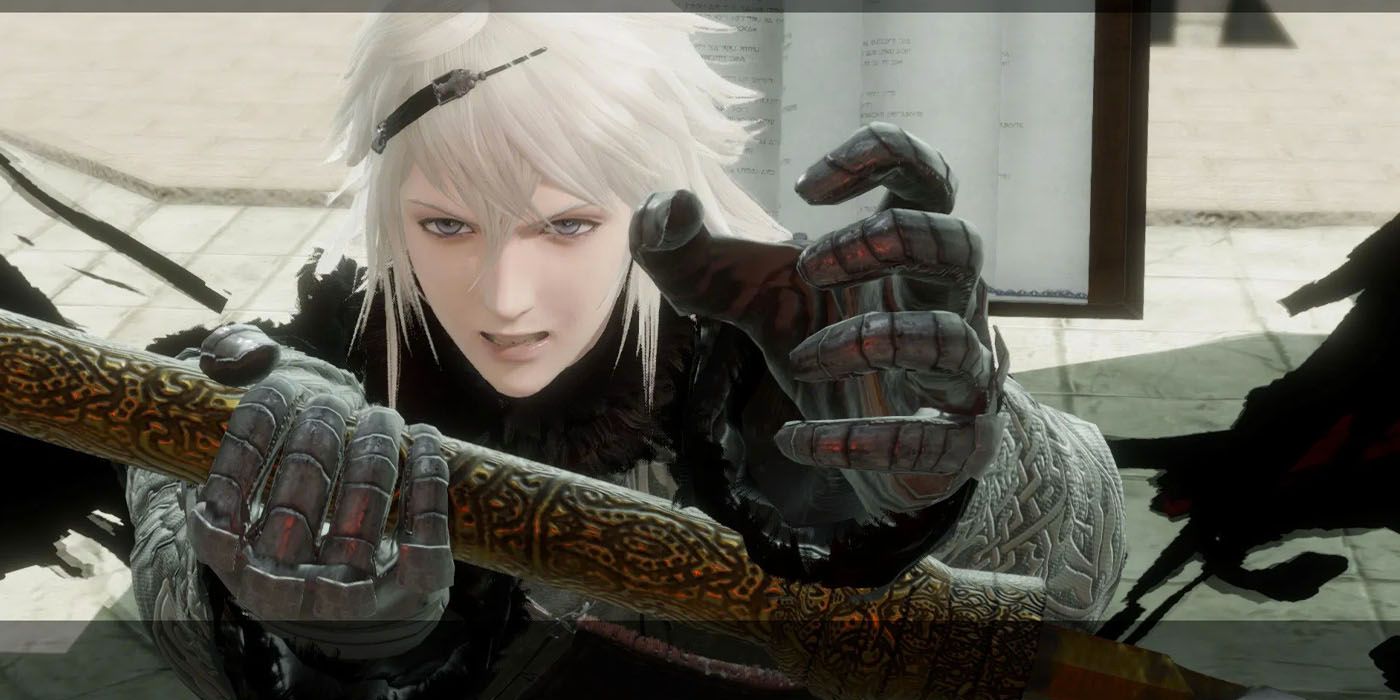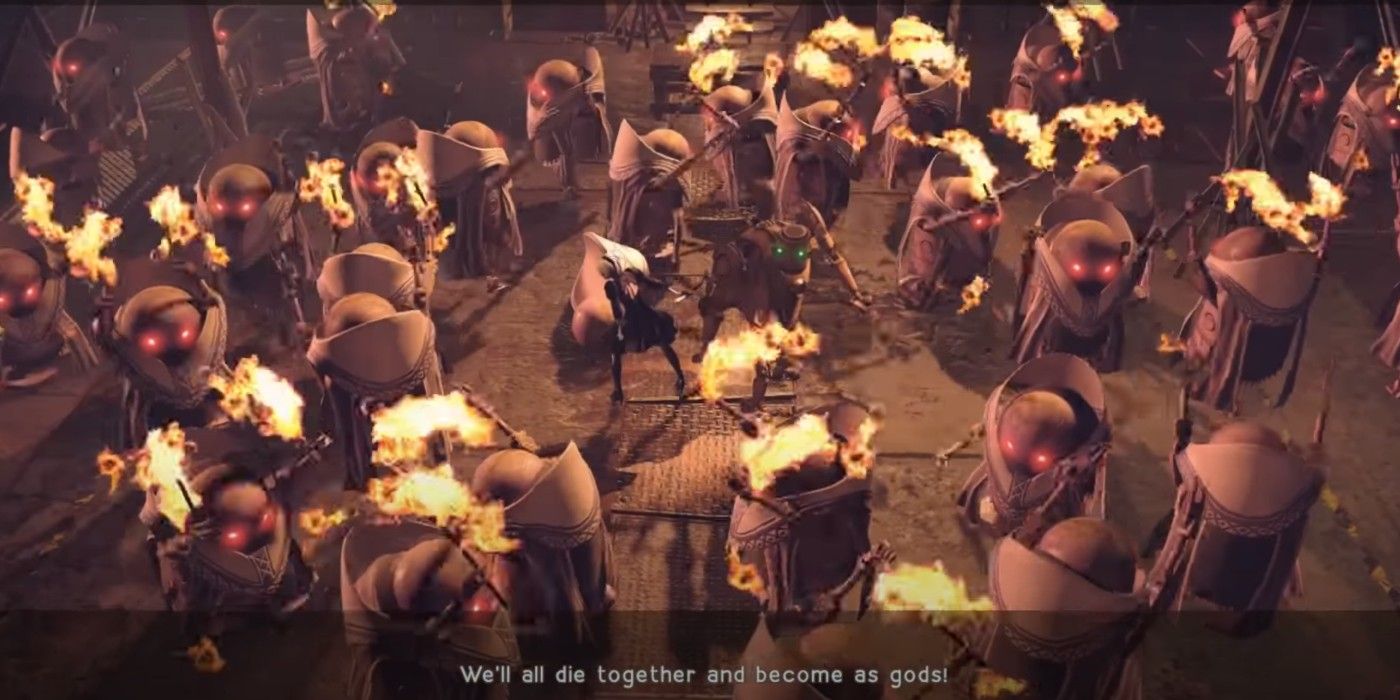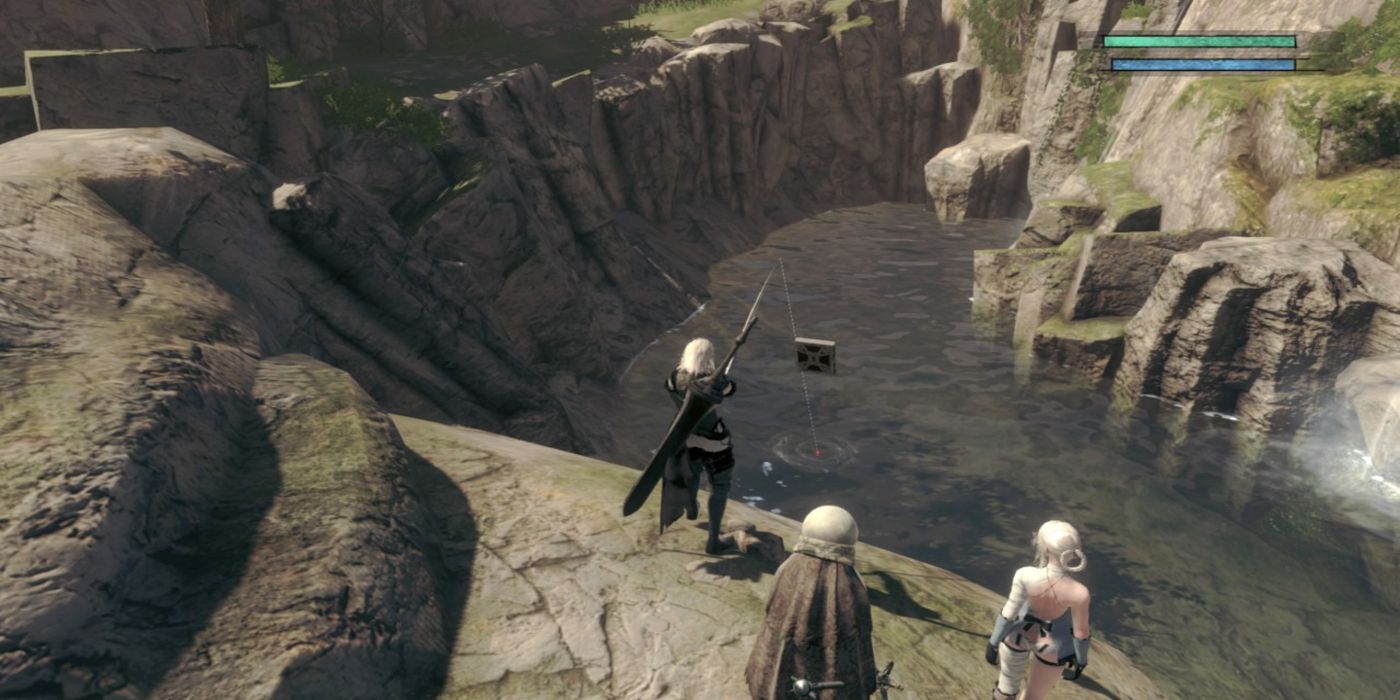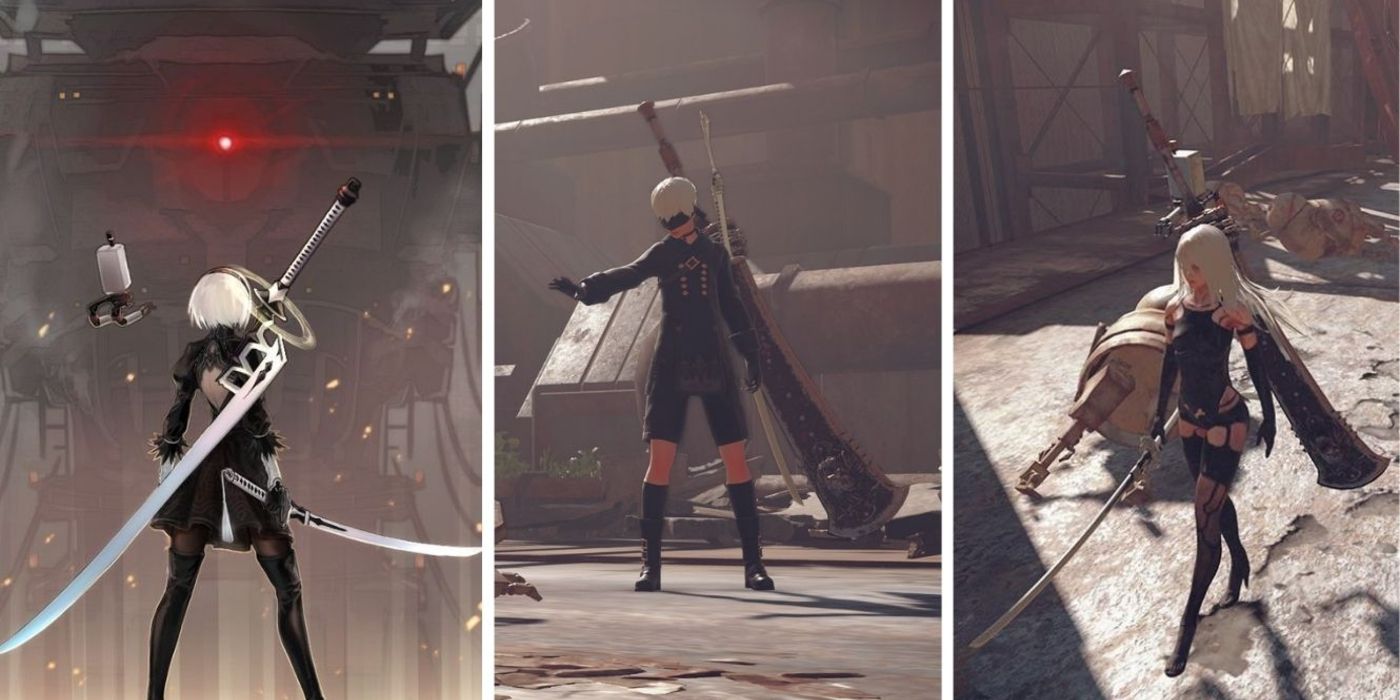The release of the remastered NieR: Replicant has fans of the NieR franchise excited to return to a familiar world first established way back in 2010. The game sets up much of what comes chronologically later in the timeline of NieR: Automata. For the most part, though, the game is a separate story with separate characters.
It's natural to want to compare NieR: Replicant and NieR: Automata. They are both visually similar and take place in the same universe. However, the two games are more different than they are alike in many ways, especially when it comes to the setting and general atmosphere of each entry.
5 Replicant is a Prequel to Automata
Replicant serves as the prequel to Automata. However, because former originally released in 2010, it might be more accurate to call Automata a sequel. The two games take place in the same universe, but the events occur thousands of years apart. During this gap in lore, lots of important events that influence the story of NieR: Automata takes place; for example, the extinction of humanity and the events that led to Automata's introduction.
Where the two games are connected, though, are in minor-role characters and settings that return to the sequel. Devola and Popola come back in Automata, and the player can visit Kaine's house. Emil even comes back, though his appearance is wildly different.
4 In Replicant, Only One Character Is Controllable
NieR: Automata became popular, in part, for its triple-protagonist narrative arcs. At different points in the story, the player controls 2B, 9S, and A2. They can sometimes revisit old areas with their new abilities, to show their part of the somewhat disjointed story. However, in NieR: Replicant, only one character can be controlled through normal gameplay, the unnamed main character.
Fans of the NieR series have since dubbed Replicant's main character Nier, but this protagonist has no canonical name. This doesn't prove to be a hindrance to the game, though. The story is told in a more linear fashion perfect for a single-character adventure. Players can only control one character normally; however, getting four of the game's different endings will unlock the ability to play as Kainé.
3 Automata's Machines Are Central To The Story
NieR: Automata centers on the rise of machines and the extinction of humanity that occurred before the game even starts. However, while NieR: Replicant does feature robots and mechs of different types, they aren't nearly as much of a central narrative point as the machines in Automata. Instead, Replicant focuses on the end of the world and the last remnants of humanity surviving through it.
There are fewer machines compared to the sequel, but the game's more natural open-world feel and not-yet-destroyed vistas make it more conducive to an organic aesthetic. The story of NieR: Automata was hard to follow for many gamers, and forced them to look up important lore details elsewhere. NieR: Replicant is equally complex, though. Cling to every word characters say, and look for context clues for subtle lore hints.
2 Replicant's Fantasy Vibe, Versus Automata's Sci-Fi One
The main aesthetic inspiration for the setting, inhabitants, and general vibe of NieR: Automata came mostly from the science fiction genre. However, while NieR: Replicant certainly features many sci-fi elements, the game's artistic style and gameplay focus throughout draws more inspiration from fantasy. The game does not take place after the end of the world, as many post-apocalyptic sci-fi stories do. Instead, it takes place during the end of humanity.
This is a bit of a change for players who are used to the mechanical and futuristic appearance of NieR: Automata. However, the visual style still works perfectly for the story. Instead of playing as androids long after the end of Humanity, gamers actually play as a human. Additionally, every settlement and open area players come across looks vibrant and alive, even if all that is left of Humanity is barely a whisper.
1 Automata's Narrative Structure And Gameplay Feels Fresher
NieR: Replicant is a bit of an older game. Some of its gameplay mechanics, like combat and questing, leave something to be desired. On the other hand, NieR: Automata received praise for the depth of its combat systems, and the ability to play as three different characters over the campaign. Meanwhile, Replicant is ultimately a pretty-looking game from 2010.
That's not to say it's a bad game. Still, gamers looking for something modern and fresh should probably shy away from this remaster. It can be frustrating how Replicant gets off to a slow start. It's also filled to the brim with fetch quests, escort quests, and other remnants of 2010 gaming industry trends. In just about every way, except graphically, NieR: Automata is a superior game. However, NieR: Replicant is definitely worth checking out for fans of the franchise, and for those who have spent a lot of time in NieR: Automata waiting for more.

